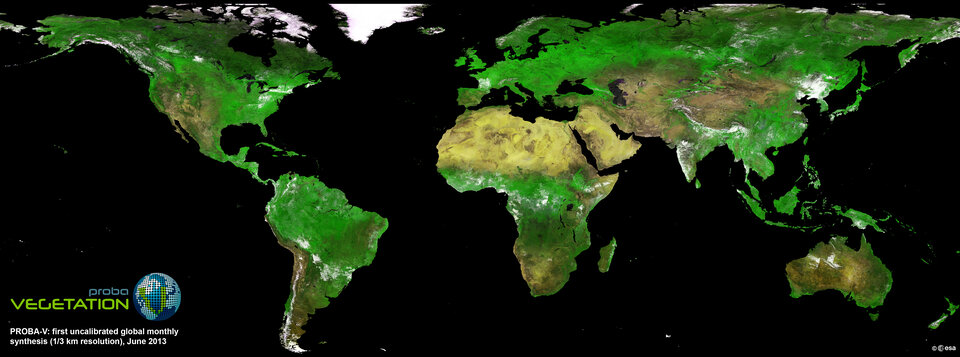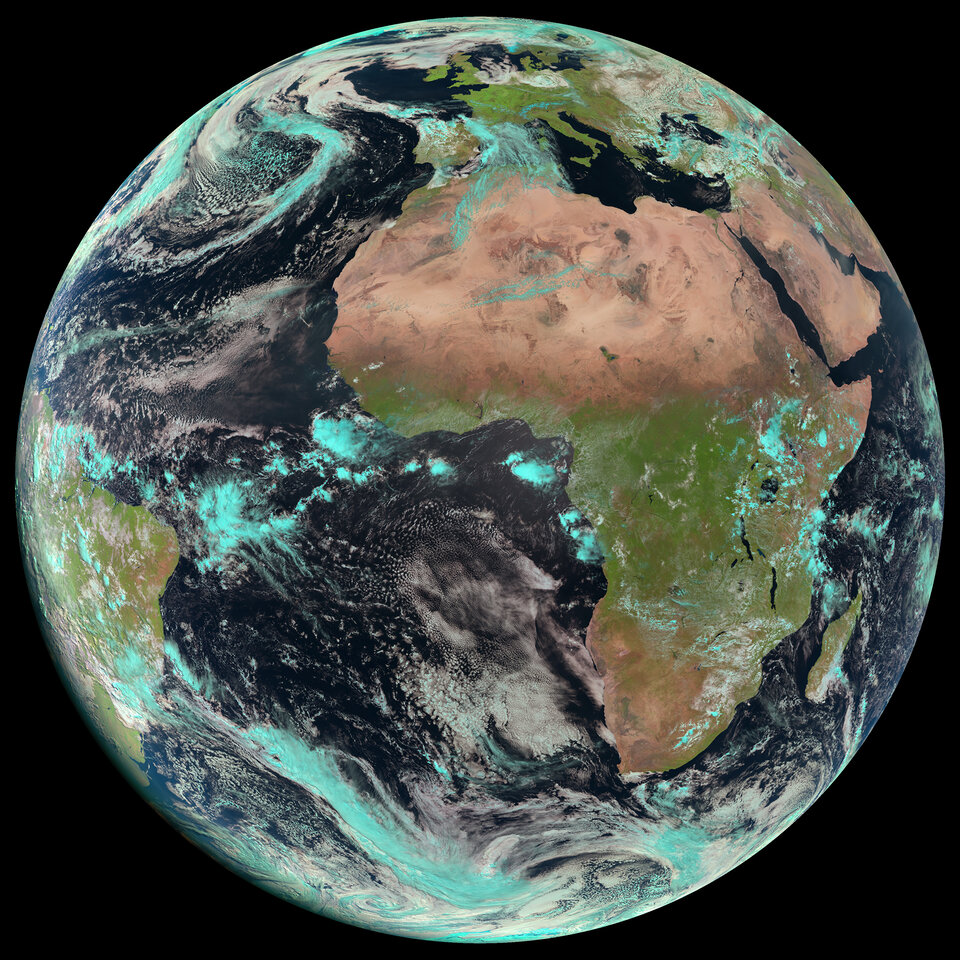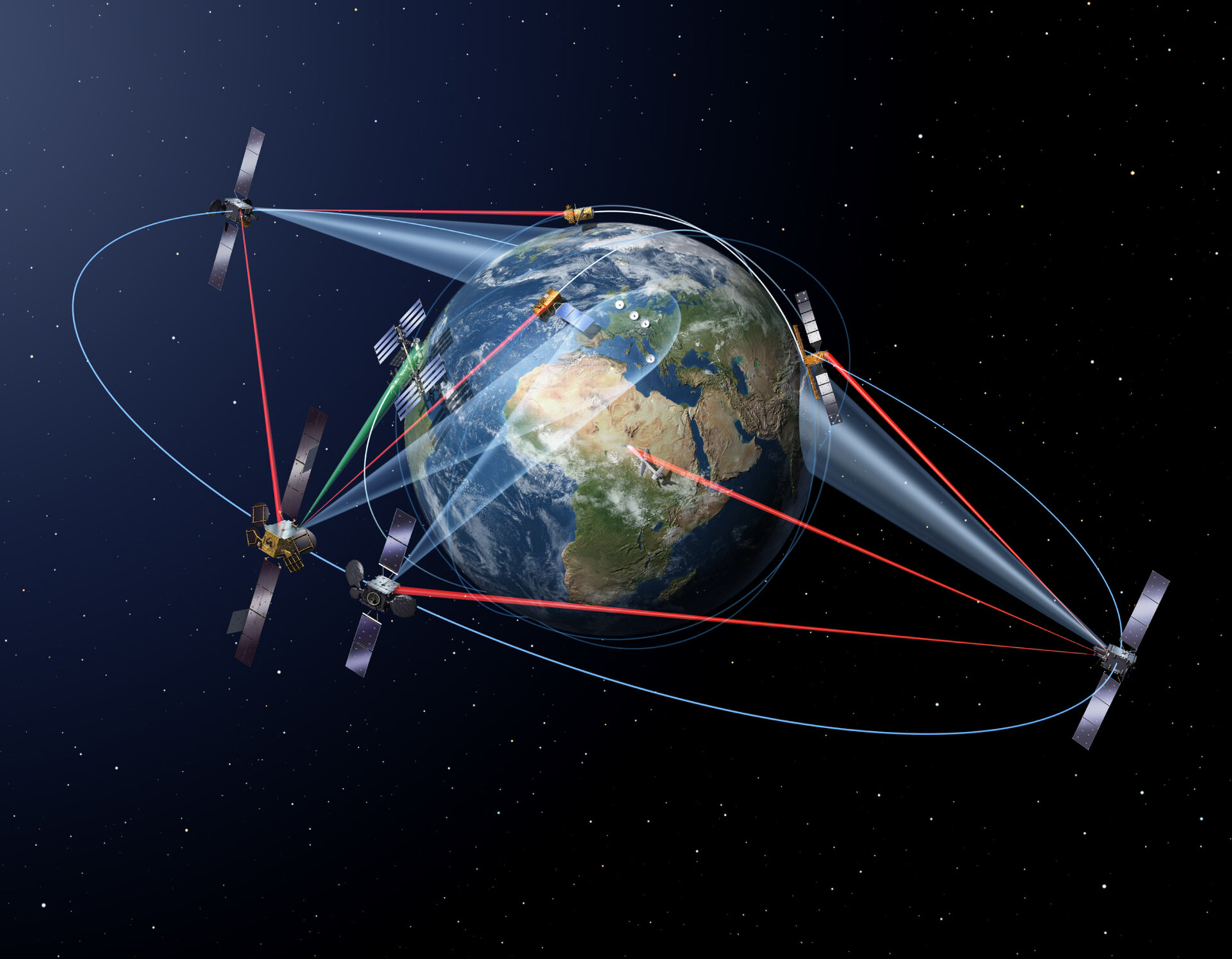Connected communities
In the modern world, staying connected is vital for our safety and general well-being. In places where landlines and other terrestrial means of communication are not possible it is therefore paramount to have access to satellites. A broad range of ESA supported projects helps local communities connect with the outside world, keep up with the latest developments and thereby improve life in remote areas.
The Sway4edu project for instance helps connectivity in schools, educates teachers, improves radio programming and aids in running local elections. ESA also works together with the UN International Fund for Agricultural Development (IFAD), which finances agricultural development projects for food production in developing countries. Smart farming projects allow local farmers to better use resources and minimise the environmental cost whilst maintaining food security, water availability and adapting to climate change.

ESA's Proba-V satellite monitors the world's vegetation with a previously unseen width of view, which provides global coverage every two days. Extreme weather effects, crop failure, inland water resources and the spread of deserts and fires can thus be tracked daily and, if need be, acted upon.

As part of the Copernicus programme, the Sentinel-2 Earth observation satellites are specifically designed to provide information for agricultural and forestry practices. Africa's rainforest, like its counterpart on the American continent, is severely threatened by illegal logging. With their multispectral imagers, the two Sentinel-2 satellites will provide maps of forest cover, types of plants, clearances and deforestation, as well as information on pollution in lakes and coastal waters.
A lack of reliable power stations and terrestrial broadband connectivity in remote areas can lead to severe isolation and holds back general development. Renewable energy and reliable satellite connectivity are key to solving these problems.

Sunshine maps provided every 15 minutes by ESA's Meteosat Second Generation (MSG-2) satellite have contributed to the quantification of the solar energy potential within 14 developing countries, in the framework of the SWERA project of the UN Environment Programme (UNEP). Expanding energy services in these countries will help them in the fight against poverty and to power sustainable development.
Mobile satellite terminals scattered across the African continent connect to the more than 200 telecommunications satellites in geostationary orbit, providing voice and data communication as well as navigational data.

Satellites are for instance making it possible to transfer money between remote locations in sub-Saharan African countries that are otherwise unconnected to the outside world. Microfinance offices in different villages, linked via satellite, allow people to transfer or withdraw money with ease, whilst providing the same level of security as terrestrial networks.
Satellites have revolutionised society and continue to change the way global communication and economies work. It is of paramount importance therefore that all communities, whether in densely populated cities or in the remotest areas of our planet, have access to the myriad of possibilities that satellite communication and Earth monitoring have to offer.




